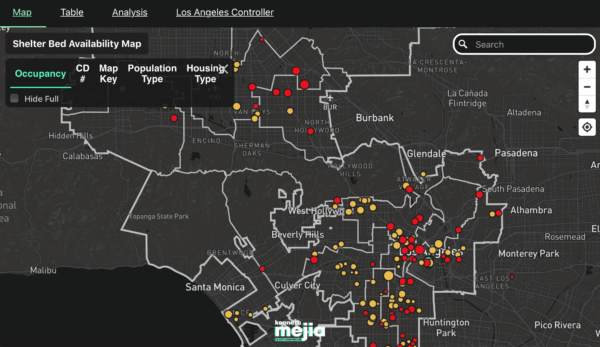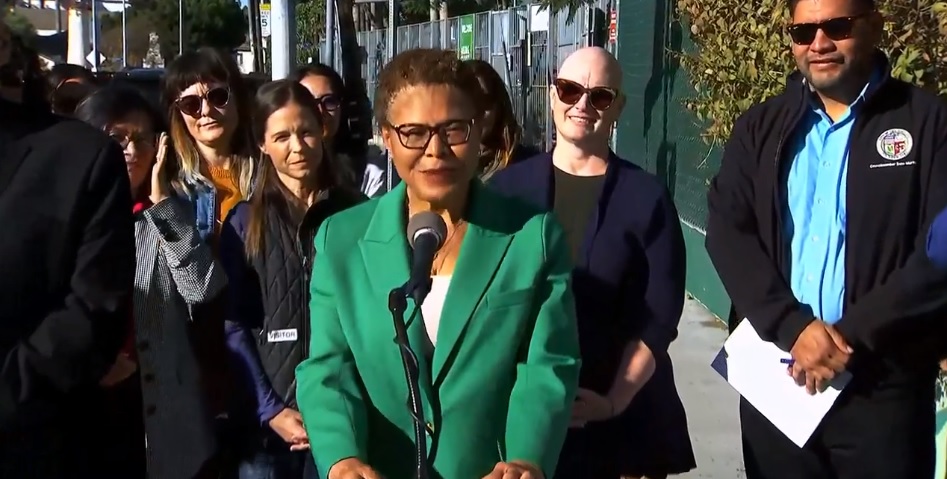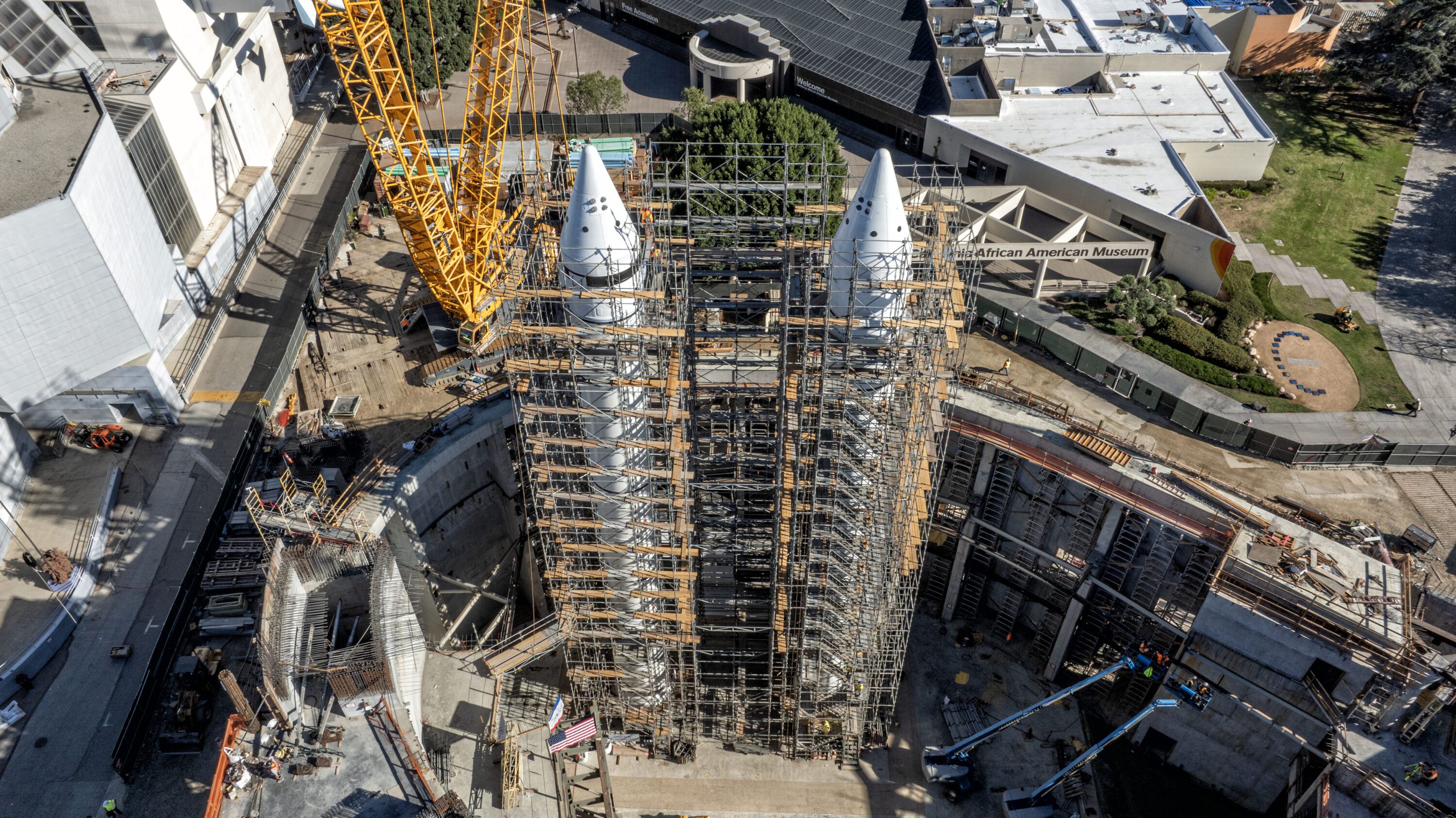An analysis of interim housing and shelter bed data found that data quality issues make it nearly impossible to find available shelter beds, according to Los Angeles City Controller Kenneth Mejia’s first full audit released Tuesday.
The City Controller’s Office analyzed and reviewed current efforts by the Los Angeles Housing Services Authority, or LAHSA, to gather, use and improve interim housing data.
According to Mejia, the data quality issues make it next to impossible for the city to have an “accurate picture” of how many beds the city actually has available, and how many are being utilized at any given time.
“Due to the extremely limited amount of interim housing beds within city limits, it is vital that we maximize their use and ensure that providers know, on an up-to-date and day-to-day basis, when beds become available,” according to a statement from Mejia’s office.
“Achieving this requires good quality data and a high level of coordination between outreach workers, program operators, and others to place participants into a shelter,” the statement continued.
LAHSA did not immediately respond to a request for comment.
The audit highlighted LAHSA’s data systems are lacking — regarding data entry related to participant enrollments and exits, and bed attendance data.
Additionally, the audit showed that LAHSA did not “follow up” with interim housing providers on their point-in-time sheltered homeless count data despite “red flags” indicating potential data quality issues. Shelters reported low bed utilization rates, meaning that available beds may not be used efficiently.
The agency’s current system for tracking bed availability, known as the Bed Reservation System, is so “unreliable” that it depends on daily census emails to track bed availability, rather than the reservation system, according to Mejia’s office.
Mejia’s office recommends the city collaborate with LAHSA to take new steps to create a functioning shelter bed availability system, and improve the data quality that supports the existing shelter system.
Specifically, the controller suggests LAHSA reevaluate its data requirements and redesign a shelter bed availability system that is publicly accessible to facilitate referrals to all LAHSA-funded shelters.
He also advised LAHSA to develop and implement a plan to monitor, evaluate, and enforce its requirements on shelter program operators to enter bed availability and bed attendance data.
The controller’s third and final recommendation is for LAHSA to follow up with all shelter program operators participating in the Annual Homeless Count that report bed utilization rates below 65% or more than 105%, and require them to correct their count of people experiencing homelessness in their shelter or provide an explanation for low or high bed utilization rates.
Concerns regarding LAHSA’s data quality is not new, as the LA City Council has introduced several motions and requested reports back from LAHSA to address issues surrounding homelessness data, such as the number of interim beds available, entry and exit data, and more.
The office of the controller also launched an interim housing availability map — which he acknowledged as incomplete — is intended to serve as an example of what could be accomplished with more coordinated efforts.
The goal of the project is to centralize data on interim housing to make the landscape of resources more accessible and easier to understand. The controller’s staff attempted to contact more than 350 interim housing sites in the city.
The map showcases collected information on population served, requirements for entry, referral processes, current bed availability and daily reporting practices for all sites.
The 2023 Greater Los Angeles Homeless count revealed that an estimated 46,260 people in the city were experiencing either sheltered or unsheltered homelessness, more than triple the number of interim housing beds the city owns.







